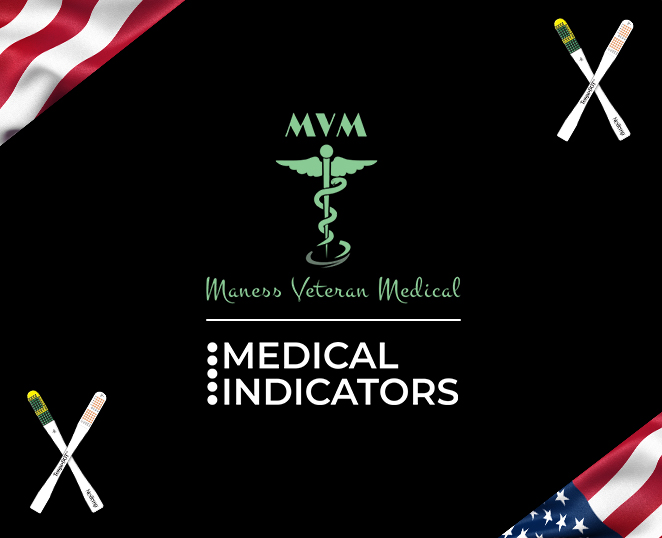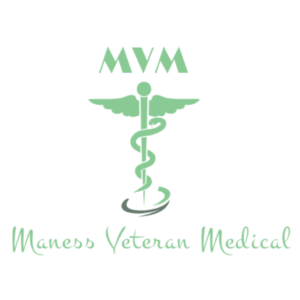The Importance of Providing Patients with a Great Experience
A positive patient experience is essential to the success of any business, but especially in healthcare settings. Of course patients want the best possible care, but they also want to feel seen, heard and understood. In light of the COVID-19 pandemic, the patient experience will likely change this year.
Conditions are improving thanks to social distancing, wearing masks and increased vaccinations; but the pandemic has led to the public paying closer attention to the cleanliness and safety of facilities in general, especially hospitals and medical centers. And with the advent of social media and billions of people around the world sharing every aspect of their lives with friends, family and even strangers, if a facility isn’t taking the proper precautions to ensure the safety and well-being of their patients, there’s a very good chance that information will be shared far and wide.
Social media has become an integral part of everyday life, connecting people and bringing them together even when they’re miles apart. Many people like to share their daily experiences on social media, connecting them with others who have had similar and/or different experiences. An individual may post about how they were unhappy with the care they received at a certain hospital, which in turn could lead to dozens or even hundreds of others supporting their claim of subpar care.
Social media has greatly impacted our society and the way we do things. People often jump to Facebook to ask their friends and family for recommendations on a variety of matters because they trust their opinions. And it could take just one negative review from a trusted friend to prevent others from going to that facility or healthcare provider.
Furthermore, if they post the reviews to the facility’s social media pages, anyone visiting their page to do research will see these negative reviews, which might make them think twice before going there. Hospitals and medical centers need to work to provide the best patient experience possible to ensure that their patients will be happy with the care they are receiving.
Some things that healthcare providers must consider when providing care to their patients, include:
- Professionalism
- Actively listening to patients and their concerns
- Validating patient’s feelings
- Supporting patients/showing them you care
- Communicating with them, sit down with them and get to know them
When a healthcare provider goes above and beyond for their patients, it makes the patient feel as though they’re actually being heard and cared for. This is crucial in developing positive and long-lasting relationships with patients. Providing patients with the best experience possible is critical, now more than ever. While providing the best medical care is important, building relationships and listening to patient concerns is just as important to ensuring patient satisfaction.







 Medical Indicators’ line of
Medical Indicators’ line of 




